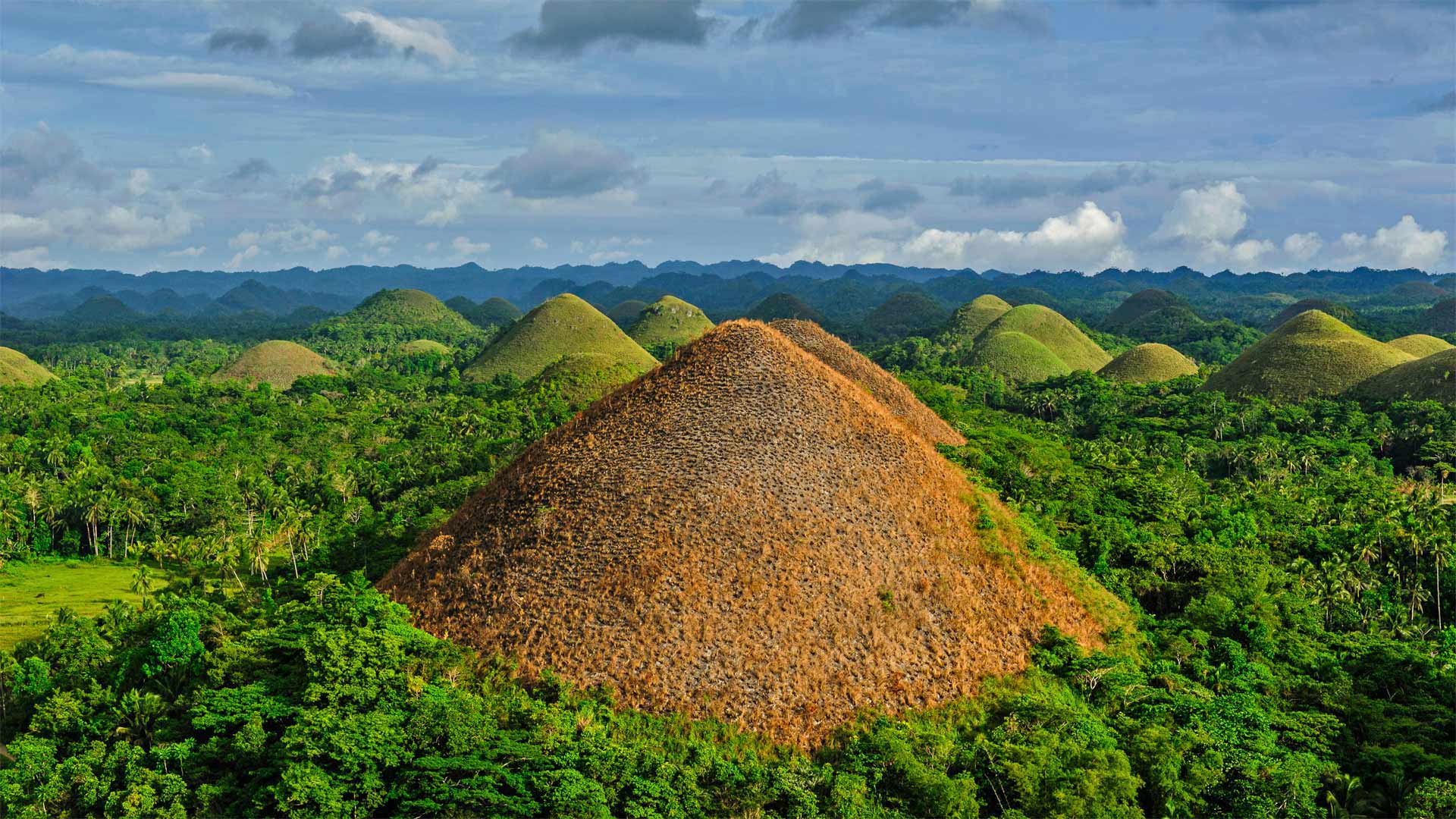Waste incineration is a controversial topic when it comes to environmental impact. Many people have concerns about the potential negative effects of waste incineration on air quality, greenhouse gas emissions, and the overall health of the planet. However, there are also many myths and misconceptions about waste incineration that need to be debunked in order to have a more informed and balanced conversation about its environmental impact.
One common misconception about waste incineration is that it contributes to air pollution. While it is true that burning waste produces emissions, modern waste-to-energy facilities are equipped with advanced pollution control technologies to minimize the release of harmful pollutants into the atmosphere. These technologies include scrubbers, electrostatic precipitators, and selective catalytic reduction systems, which can significantly reduce emissions of particulates, nitrogen oxides, sulfur dioxide, and other pollutants.
Another myth about waste incineration is that it contributes to climate change by releasing large amounts of greenhouse gases. In reality, waste-to-energy facilities are designed to capture and utilize the heat generated by burning waste to produce electricity and heat, which can offset the use of fossil fuels and reduce overall greenhouse gas emissions. Additionally, the combustion process at modern waste-to-energy facilities is carefully controlled to maximize energy recovery and minimize the release of greenhouse gases.
Furthermore, some people believe that waste incineration is a wasteful and inefficient way to manage waste. However, waste-to-energy facilities are able to recover energy and valuable materials from the waste stream, including metals, glass, and plastics, which can be recycled or reused. This energy recovery process not only reduces the amount of waste sent to landfills but also contributes to the production of renewable energy, thus helping to reduce our reliance on fossil fuels.
It is also important to note that waste incineration is often compared to landfilling as a means of waste management. While landfills are a common practice, they can have their own environmental drawbacks, such as the release of methane, a potent greenhouse gas, as organic waste decomposes. Waste incineration, on the other hand, can be a more environmentally friendly alternative to landfills when properly regulated and managed.
In conclusion, waste incineration is a complex topic with a nuanced environmental impact. While there are legitimate concerns about air quality and greenhouse gas emissions, it is important to look at waste incineration in the context of modern technology and best practices. By debunking myths and misconceptions, we can have a more informed and balanced conversation about the environmental impact of waste incineration and its role in sustainable waste management.
The Environmental Impact of Waste Incineration: Debunking Myths and Misconceptions



